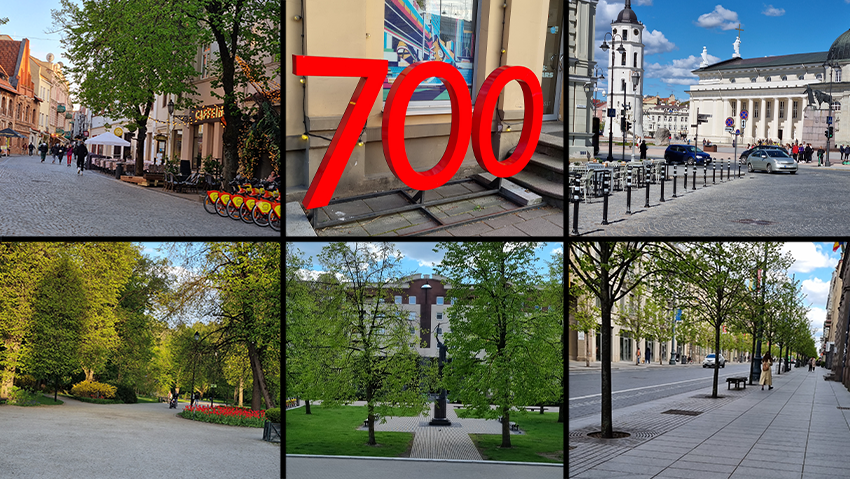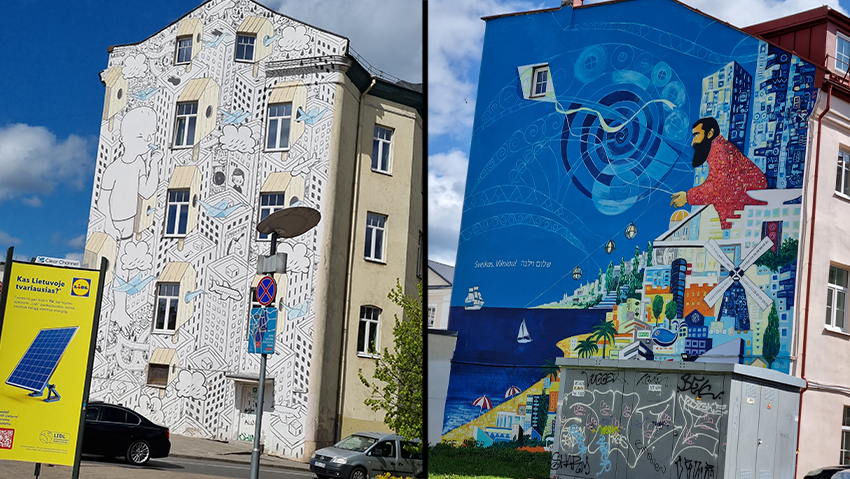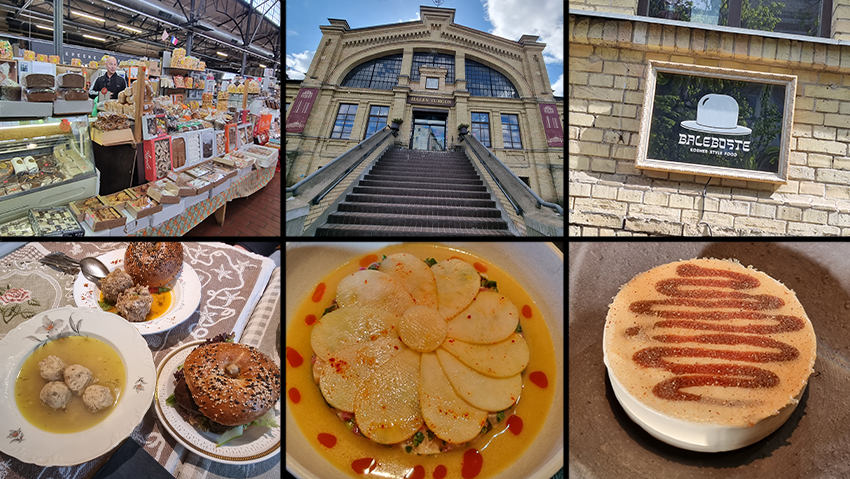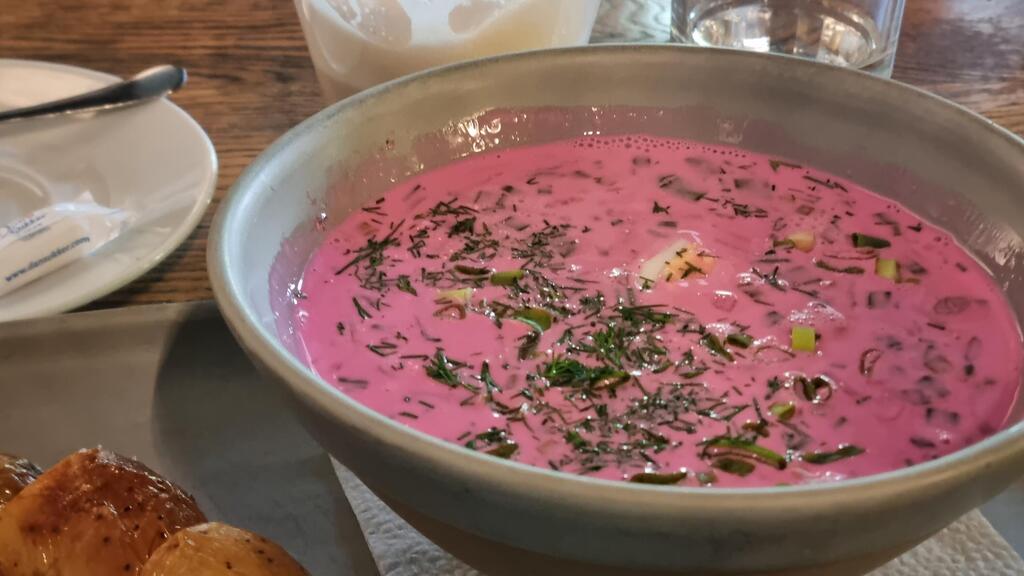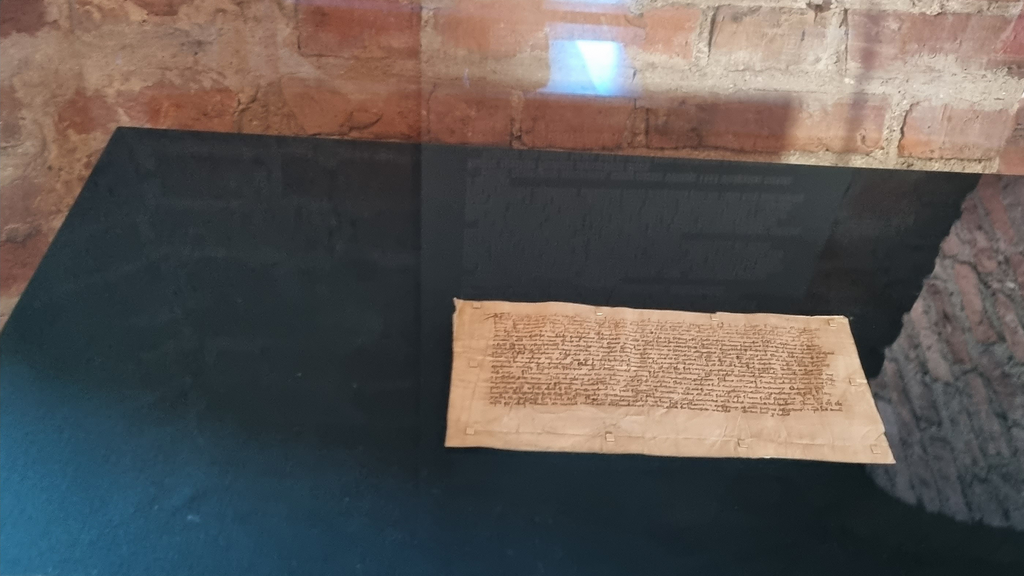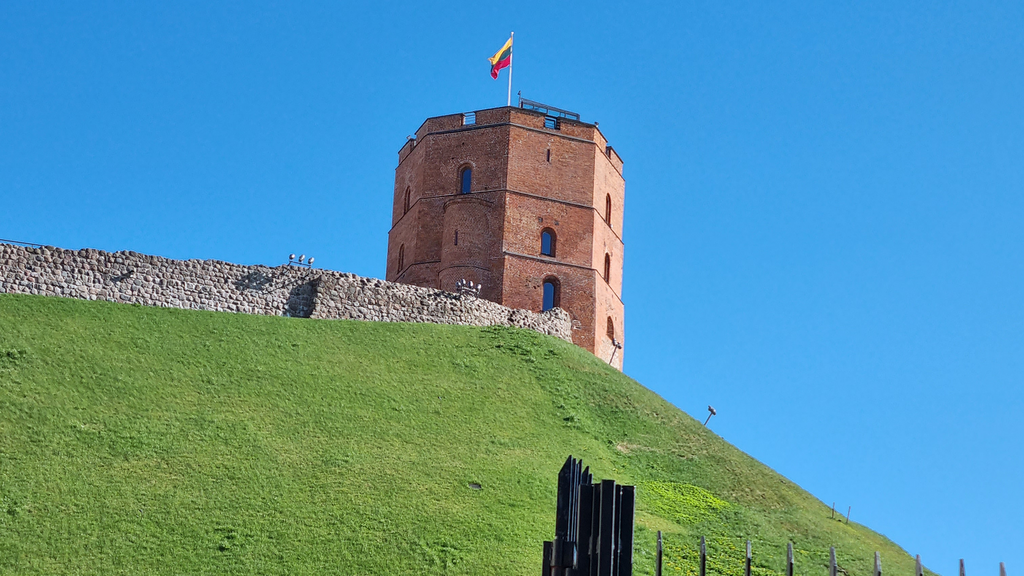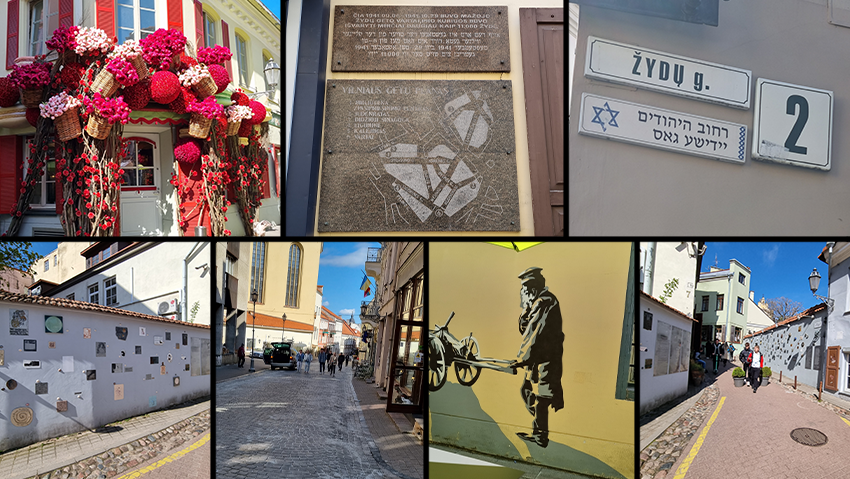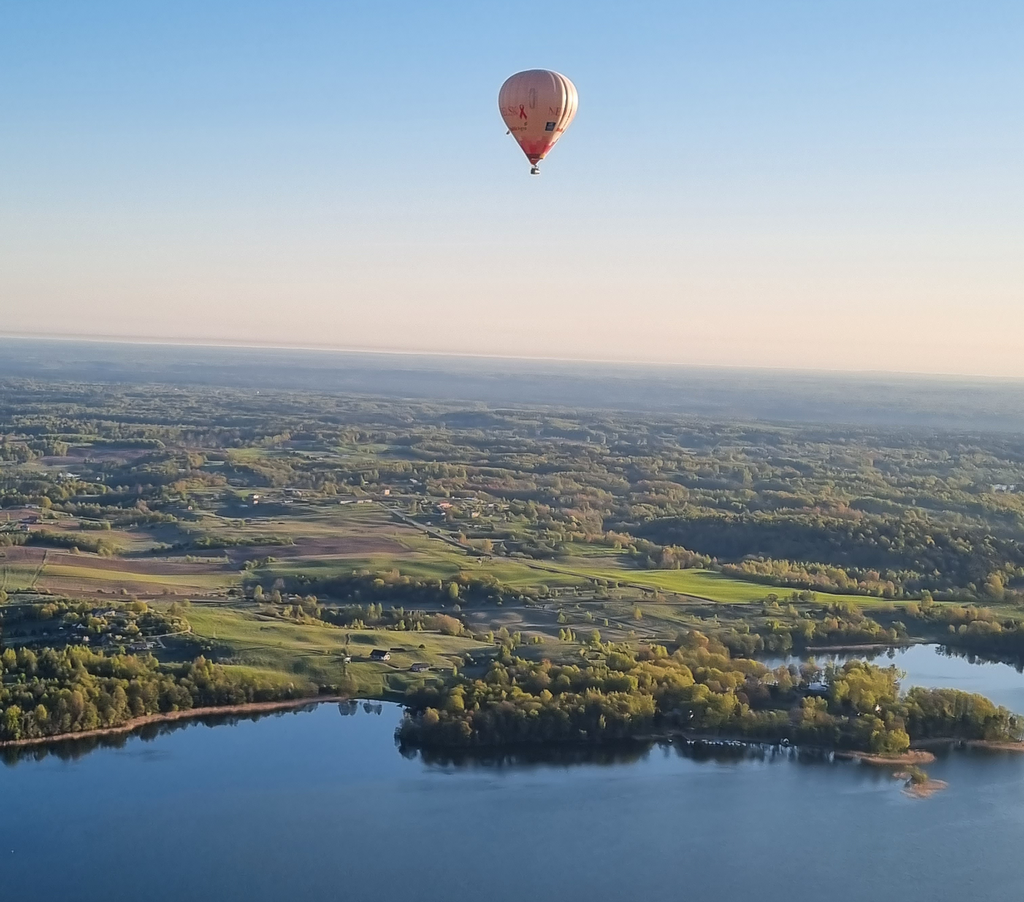The first thing you'll notice when you land in Vilnius, the capital of Lithuania, is how green it is. The city, celebrating its 700th birthday this year, looks excellent for its age and even grows to look more youthful and vibrant as it sheds the remnants of the Soviet occupation. Its transformation from a gloomy Eastern European city of the "old world" to a lively and modern European city is nearly complete.
Read More:
Its impressive age is without a doubt a good enough reason to visit this city, which evokes a burst of nostalgia and longing among many Israelis, and rightfully so. It is considered one of the most prominent Jewish cities in pre-World War II Europe, and today it embraces its Jewish past, with a contemporary Jewish scene that is up-and-coming, and making "Jerusalem of Lithuania" (as the Vilnius locals call it) an attractive site.
These streets are made for walking
The best way to truly get to know any city is on foot, and in Vilnius, like in almost any city in Europe, there is a lot of walking to do. The possibilities are endless. Every alley and street in the old town is captivating, with green parks on every corner, beautiful graffiti, familiar landmarks from which you can continue exploring, and how can one not mention the Jewish quarter, which has become one of the trendiest spots in the city.
From fine dining to Jewish cuisine: exploring Vilnius's food scene
You'll probably grow hungry from all the walking, so comfort your feet and your tummy with practically any type of food you desire - fine dining restaurants, traditional eateries, and even Jewish restaurants. One of them just opened a month ago and is located right at the entrance of the excellent food market, Halle Market - here you can find everything your grandmother (assuming she was from Vilnius and the surrounding areas) used to cook: gefilte fish, meatballs, stuffed cabbage leaves with meat and rice, flavored bagels, chopped liver, herring, and even Challah on Friday mornings, along with traditional sweets like imberlach (matzah & ginger brittle) and teiglach (small, knotted pastries boiled in a honeyed syrup).
If you're looking for a more festive meal, one that is suitable for an evening out, you shouldn't miss Džiaugsmas restaurant in the center of Vilniaus Street. From the atmosphere and unique food to the chef who will come to you and ask if you enjoyed the mushroom dessert - this experience is one of a kind.
If you're just interested in a light meal with friends at any time of the day, you should head to the bar of Grey restaurant on Pilies Street, where you'll find a variety of different foods, including kugel and latkes, as well as chilled beet soup with sour cream. This is recommended for those with bold taste.
Heritage and charm: Vilnius' history
After the meal, you can continue to explore and make your way to Gediminas Tower - perhaps the most famous building in the city that has become the symbol of Vilnius. The tower rises above the central Cathedral Square and tells the story of Vilnius' foundation. The way to the top of the tower is by cable car, where you will climb several dozen steps to the observation deck and be rewarded with a breathtaking view of the city.
If you're lucky, you might come across the most enthusiastic guide in the city, who will tell you about the letter sent by Duke Gediminas on January 25, 1323 (700 years ago) to all European countries, inviting people to come and settle in Lithuania. One of the copies that were sent can be seen in the tower, and it essentially symbolizes the founding of the city.
Next, if you cross the city towards the other side of the Vilnia River and arrive at Užupis, a picturesque neighborhood rich with cafes and bars, whose residents - mostly artists - declared it an independent republic. The residents have even formulated their own constitution, which contains universal and extremely unique laws such as "Everyone has the right to own a cat" or "Everyone has the right to do nothing." The constitution appears in many languages, including Hebrew and even Yiddish.
Unearthing Jewish Vilnius
Speaking of Yiddish and the Jewish accents of the city, one of the most famous Jews in Vilnius was, of course, Vilna Gaon. Outside the house where he lived, there is a statue of his face and an interactive screen where you can learn about the Jewish life that once existed here.
Gaon - who was a Lithuanian Jewish Talmudist, halakhist, kabbalist, and the foremost leader of misnagdic Jewry of the past few centuries - is subject to great honor in the city's museum named after him. The museum, which presents both permanent and rotating exhibitions, is considered one of the most popular in the city. One of the exhibitions features the artwork of the Jewish Holocaust survivor Samuel Bak. The museum director, Simonas Strelcovas, explained that the museum's influence on the city is tremendous, and future plans include expanding the museum to showcase the pre-war Jewish life in Vilnius along with rotating art exhibitions.
The search for pre-Holocaust Jewish culture and history lures in masses in the city. One of the key researchers is Dr. Lara Lampart from the National Library of Vilnius. Together with her team, she collects Jewish documents from the general library archives, through which she attempts to depict Jewish life in the city.
Immerse in culture: Vilnius' vibrant events scene
Many museums in Vilnius participate in the celebration of the city's anniversary and present unique exhibitions for the occasion. Starting with the National Gallery of Art, which showcases an exhibition providing an external perspective on Vilnius throughout the years, to an impressive and captivating exhibition at the MO Museum that takes viewers into a literary fantasy about the city, and then to the exhibition at the National Museum of Lithuania called "I am a Vilnian," which presents the various characters that make up the human mosaic of the city, including Jews whose influence in all aspects of city life is significant.
But the exhibition that offers a closer glimpse into the past is the one opening next week called "Vilnius 200 Years Ago," which will transport you 200 years back in time, almost like Google View, but from the past. A celebration of vivid details and colors awaits, capturing a time when technology did not yet dominate us.
And if you still haven't booked your flight and are staying in Israel, you can celebrate at the Lithuanian exhibition of medieval musical instruments at the Tel Aviv Museum of Art, which opened this week.
Soar above Vilnius in a hot air balloon
After a dose of refined culture, it's time for escapism - breath in the air of mountain peaks against a stunning backdrop. Vilnius is the only city in Europe that allows hot air balloon flights within its airspace. Often, the balloons drift with the wind, unveiling the green nature and countless lakes in all their glory. And here, to put it delicately, the neighbor's grass is much greener.
After the breathtaking excursion, you will be crowned as dukes in a funny and touching ceremony, and receive a bubbling glass of champagne, even if it's nine in the morning. Your next mission is to search for another attraction in Vilnius.


